To adapt your favorite recipes for solar cooking, you'll need to make a few key adjustments. Start by extending cooking times by 1.5 to 2 times the original duration, as solar ovens operate at lower temperatures. Reduce liquid ingredients by 20-30% to prevent sogginess, and pre-cook dense ingredients for even cooking. Use dark, thin-walled pots with tight-fitting lids to maximize heat absorption. Preheat your solar oven for 30 minutes and rotate it every half hour to follow the sun. Slow-cooked dishes like stews and casseroles work particularly well with this method. With these tips, you're on your way to mastering the art of sun-powered cuisine.
Understanding Solar Cooking Basics
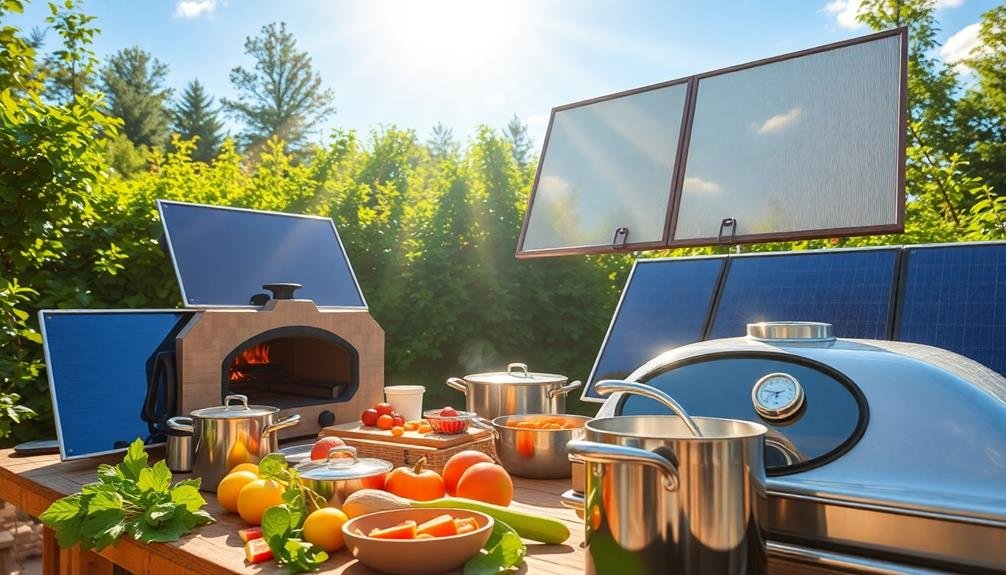
Nearly every solar cooking method relies on the same fundamental principle: harnessing the sun's energy to heat food. When you're using a solar cooker, you're fundamentally creating a mini-greenhouse effect. The cooker traps sunlight and converts it into heat, which is then retained within the cooking chamber.
You'll find that solar cookers come in various designs, but they all share common elements: a reflective surface to direct sunlight, a dark-colored cooking pot to absorb heat, and an insulated chamber to maintain temperature. The most efficient models can reach temperatures of up to 350°F (175°C), making them capable of baking, roasting, and even frying.
It's vital to understand that solar cooking is slower than conventional methods. You'll need to plan ahead and allow more time for your meals to cook.
The cooking time can vary greatly depending on factors like sunlight intensity, ambient temperature, and the type of food you're preparing. You'll also need to adjust your recipes to account for the lower, more consistent temperatures of solar cooking. This often means using less liquid and longer cooking times.
Adjusting Cooking Times and Temperatures
With solar cooking, you'll need to adjust your usual cooking times and temperatures. Solar ovens typically operate at lower temperatures than conventional ovens, ranging from 200°F to 350°F (93°C to 177°C). This means you'll need to extend cooking times, often by 1.5 to 2 times the original recipe's duration.
Start by preheating your solar oven for about 30 minutes before placing your food inside. For baked goods, reduce the temperature by 25°F to 50°F (14°C to 28°C) and increase the cooking time by 15 to 20 minutes.
When cooking meats, use a meat thermometer to verify they reach safe internal temperatures.
You'll also need to account for weather conditions. On cloudy days, expect longer cooking times or consider using a backup heat source. Position your solar oven to maximize sunlight exposure, adjusting its angle throughout the day if necessary.
Remember that solar cooking doesn't require stirring or turning food as often as conventional methods, so resist the urge to open the oven frequently. This will help maintain a consistent temperature and promote efficient cooking.
Modifying Ingredients for Solar Success
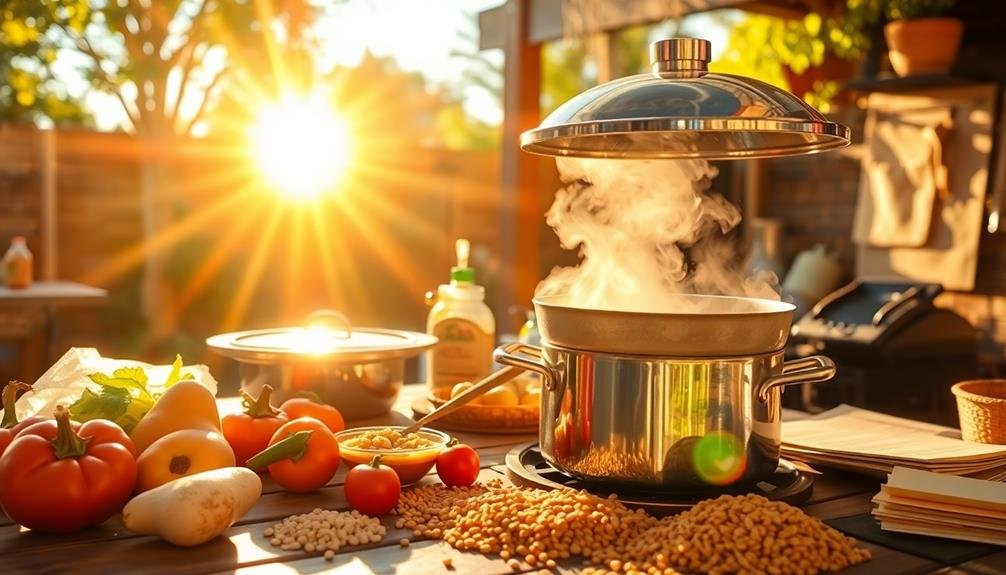
Beyond adjusting cooking times and temperatures, you'll need to modify some ingredients to achieve the best results in solar cooking. Start by reducing liquids in your recipes by about 20-30%, as solar ovens retain moisture better than conventional ovens. This prevents dishes from becoming too watery or soggy.
Consider pre-cooking or parboiling dense ingredients like beans, potatoes, or tough meats before adding them to your solar cooker. This guarantees even cooking and reduces overall cooking time.
When using dairy products, opt for shelf-stable alternatives or add them towards the end of cooking to prevent curdling.
For baked goods, slightly increase the amount of leavening agents (baking powder or yeast) to compensate for the lower temperatures in solar ovens. You may also need to adjust sugar content, as foods tend to brown less in solar cookers.
When preparing marinades or seasoning blends, intensify flavors by using dried herbs instead of fresh ones. They'll withstand the longer cooking times better.
Adapting Cooking Methods and Techniques
In light of the unique characteristics of solar cooking, you'll need to adapt your usual cooking methods and techniques. Solar ovens work differently from conventional ovens, so you'll need to adjust your approach.
First, preheat your solar oven by positioning it towards the sun for about 30 minutes before cooking. This guarantees it reaches ideal temperature.
Unlike traditional ovens, solar cookers don't require constant stirring or turning. Instead, place your food in dark, thin-walled pots with tight-fitting lids to maximize heat absorption. You'll need to increase cooking times, often doubling or even tripling them compared to conventional methods. Don't worry about overcooking; solar ovens rarely burn food.
For baking, use darker pans and reduce the oven temperature in your recipe by about 25°F. You might need to rotate the solar cooker every 30 minutes to follow the sun's path.
When browning is desired, remove the pot's lid during the last 15 minutes of cooking. Remember, opening the oven frequently will result in heat loss, so resist the urge to check your food too often.
With practice, you'll develop a feel for solar cooking times and techniques.
Exploring Solar-Friendly Recipe Ideas
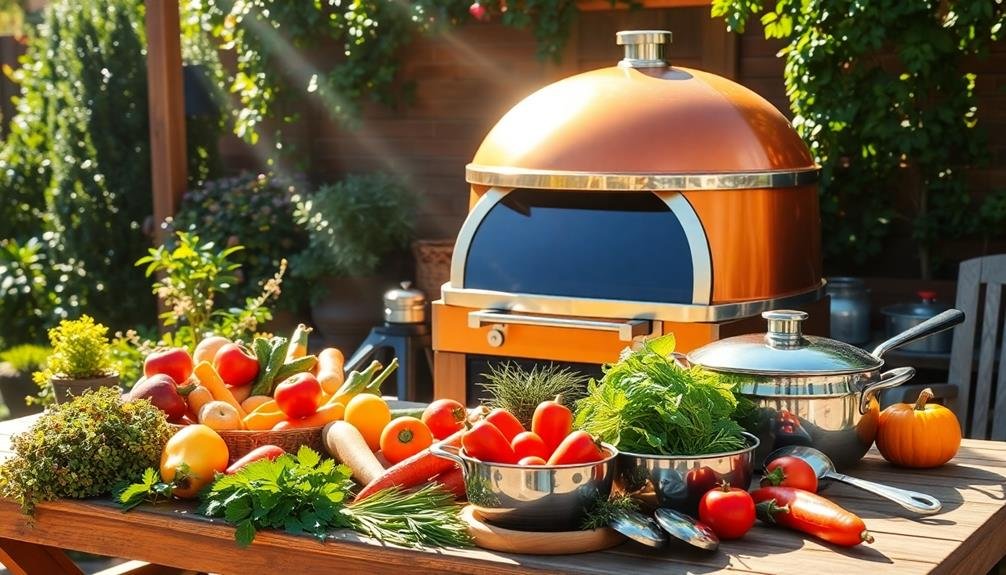
Numerous recipes are particularly well-suited for solar cooking. You'll find that slow-cooked dishes like stews, soups, and casseroles adapt well to solar ovens. These one-pot meals allow flavors to meld over time, making them ideal for the gradual heating process of solar cooking.
Rice and grain dishes are excellent choices for solar cooking. You can easily prepare fluffy rice, quinoa, or couscous using the sun's energy. Beans and legumes also work well, as they benefit from long, slow cooking times.
Don't overlook baked goods. You can make bread, muffins, and even cakes in a solar oven. The consistent, moderate heat produces moist and evenly cooked results.
Roasted vegetables are another great option, as they develop rich flavors when cooked slowly.
For protein-based dishes, consider recipes that involve braising or slow-roasting meats. Chicken, pork, and beef all turn out tender and flavorful when cooked in a solar oven.
Fish and seafood can be successfully prepared too, but require careful monitoring to prevent overcooking.
Frequently Asked Questions
Can I Use My Solar Cooker Indoors or on Cloudy Days?
You can't use your solar cooker indoors or on cloudy days effectively. It relies on direct sunlight to function. For indoor or overcast cooking, you'll need to use alternative methods like conventional ovens or stovetops.
How Do I Clean and Maintain My Solar Cooker?
You'll want to regularly wipe down your solar cooker with a damp cloth. Don't use harsh chemicals. Check for any cracks or damage. Store it in a dry place when not in use. Occasionally, realign reflective surfaces for best performance.
Are There Any Foods That Should Never Be Cooked in a Solar Cooker?
You shouldn't cook raw meats or seafood in a solar cooker due to food safety concerns. Avoid foods that require high temperatures or quick cooking. Stick to dishes that benefit from slow, low-heat cooking for best results.
What Safety Precautions Should I Take When Using a Solar Cooker?
When using a solar cooker, you'll want to wear sunglasses and oven mitts to protect your eyes and hands. Don't touch hot surfaces directly. Always use clean utensils and guarantee food reaches safe temperatures to prevent foodborne illnesses.
Can I Use My Solar Cooker for Food Preservation or Dehydration?
Yes, you can use your solar cooker for food preservation and dehydration. It's an eco-friendly way to dry fruits, vegetables, and herbs. You'll need to maintain low temperatures and guarantee proper air circulation for safe, effective dehydration.
In Summary
You've now got the tools to transform your favorite recipes for solar cooking. Remember to adjust times, modify ingredients, and adapt techniques for sun-powered success. Don't be afraid to experiment with solar-friendly recipes and embrace this eco-friendly cooking method. With practice, you'll master the art of harnessing the sun's energy to create delicious meals. So grab your solar cooker, step outside, and start cooking with nature's ultimate heat source!


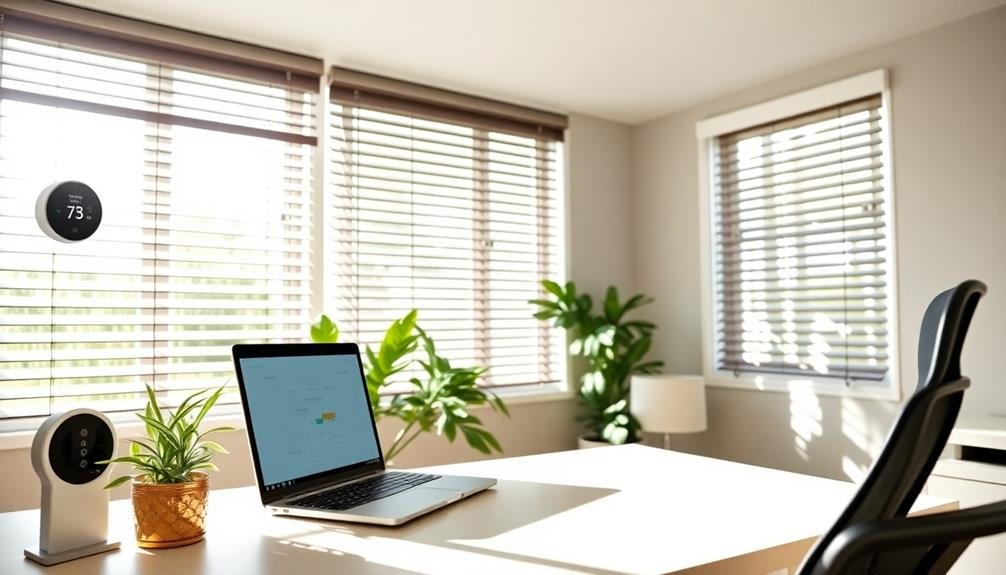
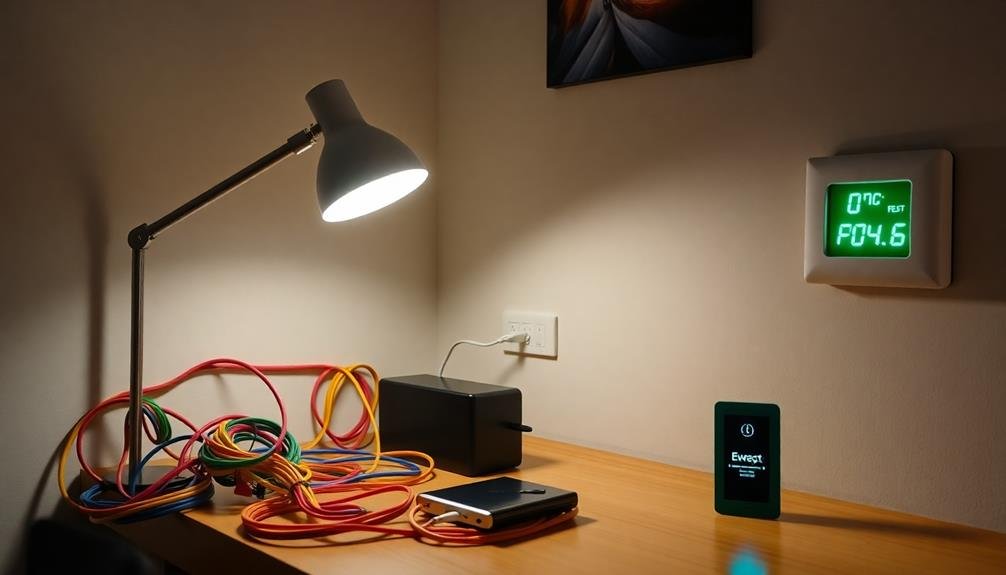
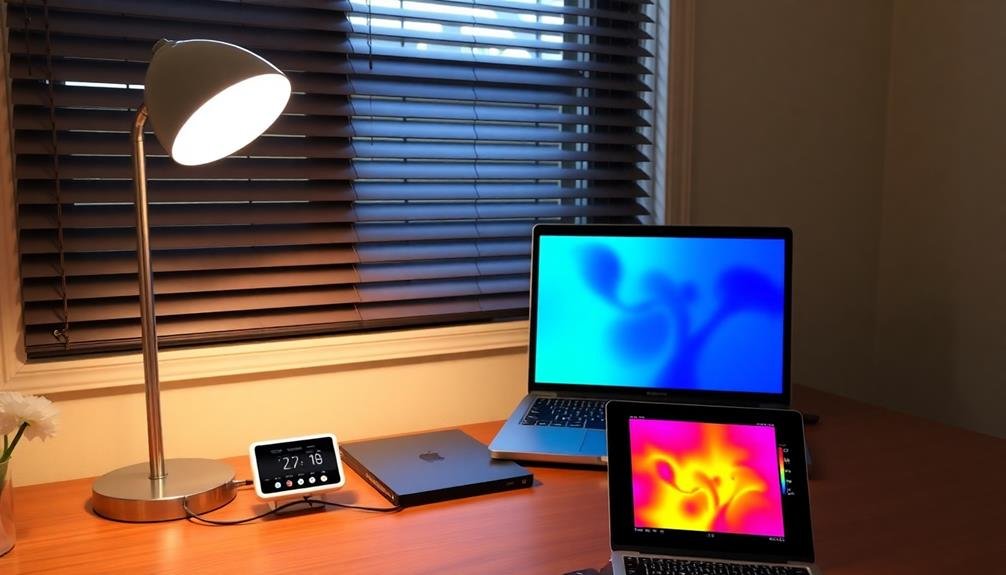
Leave a Reply